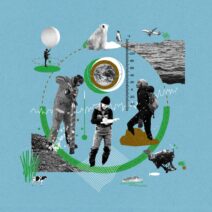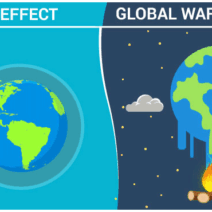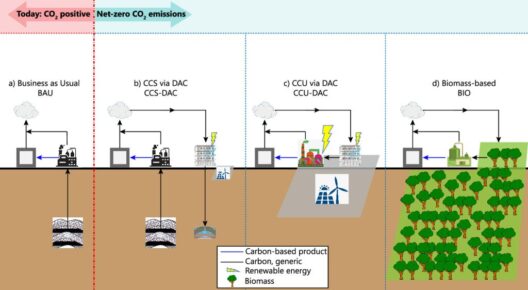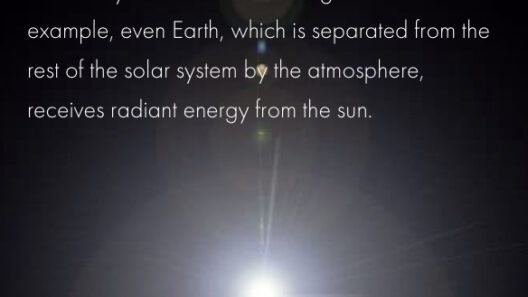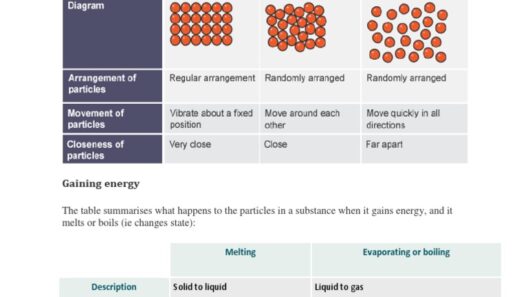Energy conservation is a pivotal aspect of mitigating climate change, particularly in the realm of transportation. As the world continues to grapple with rising temperatures and diminishing natural resources, adopting energy-efficient habits while on the go has become essential. This article delves into various strategies and practices that contribute to energy conservation, emphasizing their benefits for both the environment and the individual. Readers can expect a thorough exploration of energy-efficient vehicles, alternatives to driving, eco-friendly practices while driving, and innovations that pave the way for a sustainable future.
1. Energy-Efficient Vehicles
The automotive industry has witnessed a significant renaissance with the introduction of energy-efficient vehicles. Hybrids and electric vehicles (EVs) have emerged as frontrunners in reducing energy consumption. Hybrids utilize a combination of an internal combustion engine and one or more electric motors to enhance fuel efficiency. On the other hand, EVs operate solely on electricity, yielding zero tailpipe emissions.
Additionally, advancements in battery technology have led to longer ranges for electric vehicles, alleviating the range anxiety that previously deterred potential buyers. Many manufacturers are now investing in research and development to produce vehicles with improved aerodynamics, lighter materials, and efficient powertrains—all crucial for minimizing energy consumption. Furthermore, it is paramount to consider the source of electricity used to charge EVs; reliance on renewable energy sources significantly amplifies their environmental benefits.
2. Alternatives to Driving
Reducing dependency on combustion-engine vehicles is an integral part of energy conservation on the go. Public transportation systems, including buses, trains, and subways, offer a viable alternative, particularly in urban areas. By utilizing these systems, individuals can significantly cut down on their carbon footprints while simultaneously easing traffic congestion.
Moreover, biking and walking are not merely beneficial for personal health; they are also paramount for energy conservation. Incorporating biking and walking into daily routines fosters a reduction in vehicular emissions and promotes a culture of sustainability. Many cities are now establishing dedicated bike lanes and pedestrian-friendly zones, making these options safer and more appealing.
3. Carpooling and Ridesharing
Carpooling and ridesharing services represent another innovative approach to energy conservation. By sharing rides, individuals can decrease the number of vehicles on the road, thereby substantially lowering fuel consumption and emissions. Moreover, with advancements in mobile technology, platforms for ridesharing have become prevalent, facilitating easier connections between riders and drivers.
Encouraging local carpooling initiatives can foster a sense of community while promoting energy-efficient travel. Organizations and workplaces can implement carpool incentives, further motivating individuals to abandon solitary driving habits in favor of shared experiences.
4. Eco-Friendly Driving Practices
For those who must drive, adopting eco-friendly driving practices can make a pronounced difference in energy consumption. Simple actions such as maintaining optimal tire pressure, reducing idling time, and driving at consistent speeds, epitomize practical steps that lead to enhanced fuel efficiency. Being cognizant of acceleration and braking styles can also minimize energy use.
Additionally, ensuring regular vehicle maintenance is crucial. A well-tuned engine, clean air filters, and functional spark plugs contribute to optimal performance and fuel economy. Embracing energy-efficient driving habits not only conserves fuel but also translates into financial savings over time.
5. The Role of Technology
Technology is playing an increasingly vital role in promoting energy conservation in transportation. The integration of sophisticated navigation systems can optimize routes to avoid traffic congestion, thereby economizing fuel consumption. Furthermore, telematics in vehicles provides real-time data regarding driving behavior, allowing drivers to make informed decisions about their energy use.
As the automobile landscape evolves, innovations such as smart grids, vehicle-to-grid technologies, and the development of renewable energy charging stations for electric vehicles are paving the way for a sustainable future. These advancements not only bolster energy conservation but also integrate seamlessly into the fabric of everyday life.
6. Promoting Education and Awareness
Awareness and education are paramount in the quest for energy conservation. As individuals become cognizant of the impact of their driving habits on the environment, they are more likely to make informed decisions. This necessitates a collective effort to foster public awareness campaigns that highlight both the environmental and economic benefits of energy conservation in transportation.
Educational institutions, non-profit organizations, and community groups can play pivotal roles in disseminating vital information regarding energy-efficient options and practices. Workshops, seminars, and community events can further galvanize support for energy conservation initiatives, leading to a more sustainable future.
7. Policy and Legislation
The fostering of energy conservation in transportation is also heavily influenced by policy and legislation. Governments must prioritize the implementation of policies that incentivize the purchase of energy-efficient vehicles, enhance public transportation infrastructure, and promote the installation of bike lanes. Moreover, establishing stricter emissions regulations can encourage manufacturers to innovate towards greener technologies.
By advocating for energy-conscious policies, society can collectively contribute to a greener future. Supporting legislation that prioritizes sustainability can manifest in tangible benefits for both the environment and public health.
In conclusion, energy conservation while on the go is multifaceted, encompassing a wide array of strategies that promote sustainability in transportation. Embracing energy-efficient vehicles, utilizing alternative modes of transportation, adopting eco-friendly driving practices, and leveraging technology are just a few of the practices individuals can adopt. As the world faces the pressing challenges of climate change, prioritizing energy conservation is no longer optional but rather a necessity for a sustainable future. It is imperative for individuals, communities, and governments to unite in this endeavor, ensuring a healthier planet for generations to come.
